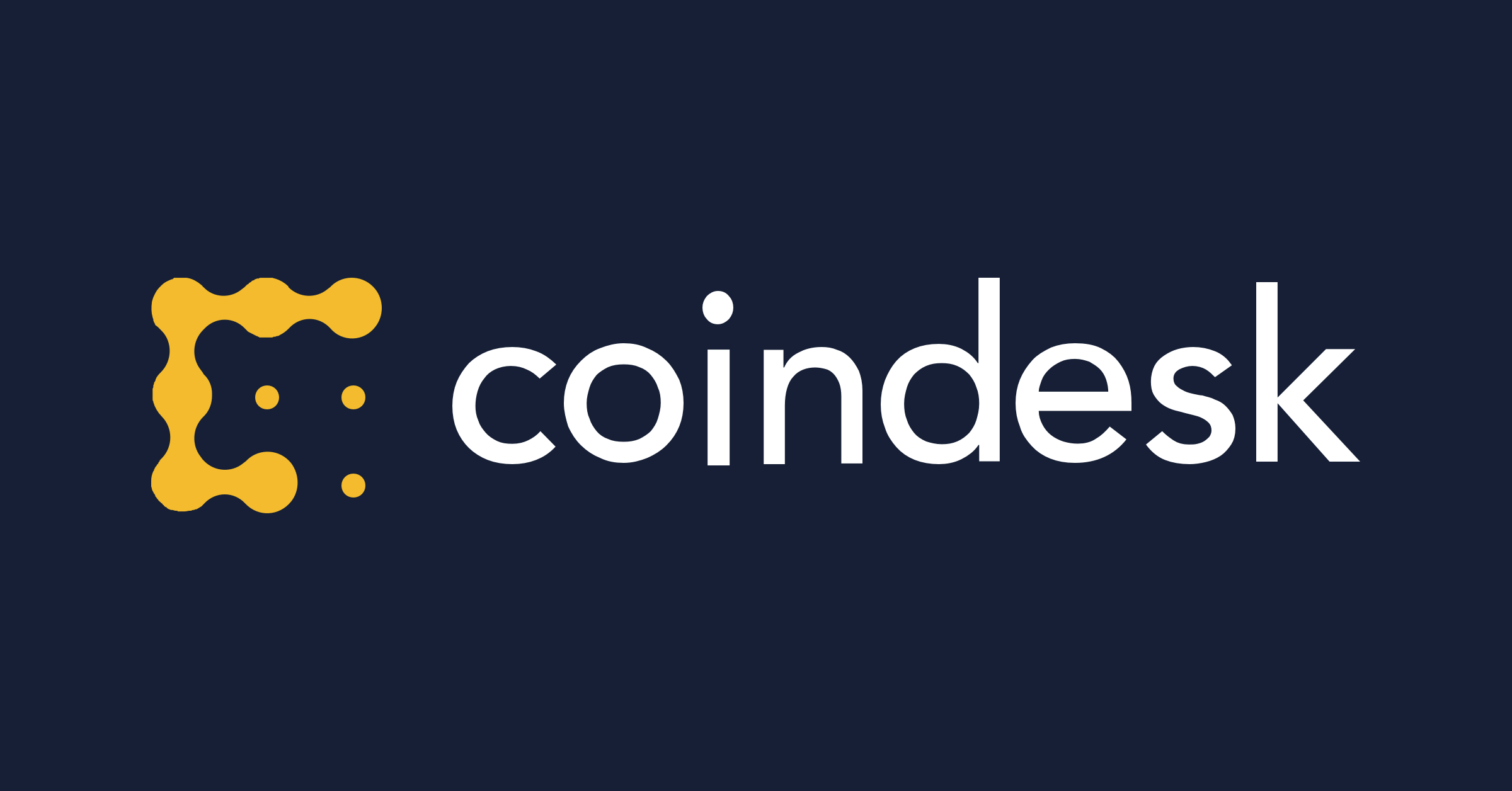Unblocking Crypto: How to Access The Asset Class
According to stash.com’s 100+ Cryptocurrency Statistics Investors Should Know in 2023, Americans currently represent about 13% of the over 320 million crypto owners worldwide, almost the population of the United States.
Alex Botte and Max Williams from Runa Digital Assets break down where your client could invest today and how. Since many options are available and we see more digital asset investment vehicles, now is a great time to start. Understanding the choices available for your customer will help you plan how to support them.
As you consider various digital asset investment vehicles, ask yourself the following:
-
How are your clients investing in digital assets today?
-
What assets are they buying now, and where are they planning to invest next? and
-
What is their motivation for digital asset investment?
Recall that many investors are seeking the support of an advisor, and studies show investors would give their advisors more money if they would manage crypto and digital asset investing.
Whether you are planning to manage your client’s digital asset investments actively or playing a supporting role in offering guidance and tax planning, it’s critical that you understand the expanding landscape and the menu of options your client has today.
You’re reading Crypto for Advisors, CoinDesk’s weekly newsletter that unpacks digital assets for financial advisors. Subscribe here to get it every Thursday.
Unblocking Crypto: How to Access The Asset Class
So your client wants exposure to crypto. Of course they could open their own retail account with a cryptocurrency exchange, such as Coinbase or Gemini, but they may want professional help with token selection, trading, custody, and asset allocation. So they come to you, their advisor. What are the options in the market today for your client? Even though crypto is a nascent asset class, it’s increasingly easy to access digital asset markets.
:format(jpg)/cloudfront-us-east-1.images.arcpublishing.com/coindesk/CZ5EOGQR7VB4FPBGT6AUQADGS4.png)
First, let’s go over the passive investment options in the market today. Investors may seek to obtain exposure to crypto and blockchain by investing in stocks of companies that are exposed to advancements in this space. A few examples:
● Publicly traded companies whose businesses have digital asset exposure, such as Coinbase (crypto exchange) or bitcoin mining firms
● Publicly traded companies like Microstrategy or Tesla with digital assets on their balance sheet
● Blockchain themed ETFs like BLOK or BITQ, which offer diversified exposure to stocks in the crypto space
Another passive option is to invest in liquid tokens. Like we mentioned earlier, the client can do that themselves through an exchange like Coinbase or Gemini directly. They could also obtain indirect exposure through liquid token funds, separately managed accounts (SMAs), or exchange-traded investment products. Many of these products hold a single liquid token, usually the most mature tokens like BTC and ETH. Examples include:
● The Grayscale Bitcoin Trust (GBTC), which is a closed-end investment fund that invests in BTC only. Closed-end means you can’t create/redeem shares, so the trust’s market price can deviate wildly from the market value of the underlying bitcoin held by the trust.
● Bitcoin futures ETFs like BITO. Because these products invest in a derivative of bitcoin (futures) rather than spot, investors should beware of the layers of costs that make it less efficient than holding the digital asset itself. Note that in the US there is no available spot bitcoin ETF on the market. There have been many filings, but historically they have been rejected by the SEC. In June traditional finance giant BlackRock filed for a bitcoin spot ETF. Other asset managers, including Invesco and WisdomTree, quickly followed. The SEC is currently reviewing these applications.
● SMAs can provide passive access to a single token (or actively managed exposure to a portfolio of tokens). The SMA structure enables end-client ownership, tax-loss harvesting, and customization.
The benefits of these options are that the digital assets are offered in familiar investment wrappers and can be held in brokerage accounts alongside other non-crypto investments.
As we mentioned in our previous CoinDesk article “Crypto Isn’t Ready for Jack Bogle,” if you’re going to invest in digital asset markets, we believe it’s best to either passively buy and “HODL” BTC or use active management to outperform. Leadership and valuation can change quickly and dramatically in crypto. Professional active managers may be able to identify the tokens that have the fundamental momentum and potential for long term appreciation. Actively managed options include (1) liquid token funds and (2) venture capital on the early stage investing side. (Note that these options typically command higher investment minimums and require meeting certain investor qualifications and therefore may not be suitable for everyone.)
The former includes multi-asset liquid token products that offer diversified exposure, can be long only or go long and short, can participate in on-chain activities like yield farming, and can be structured as familiar investment vehicles like SMAs or commingled hedge funds.
Venture (or VC) funds, on the other hand, will make both equity and token investments into companies and protocols at their earliest stages. Liquidity for these types of investments is low, as investors in these strategies are expected to hold for years to realize any return on their investment. While liquidity is low, the potential returns can be eye-opening when the early bets go on to succeed.
While crypto as an asset class is still very early, there is an expanding menu of investment options that advisors can present to their clients. On the passive, low fee side, there are more and more products coming to market – many in investment wrappers that clients are well familiar with. On the active side, traditional strategies like venture, trend following, market neutral, and fundamental investing are being applied to digital asset markets.
– Alex Botte and Max Williams, Runa Digital Assets
I educate financial advisors about digital assets. Here are answers to common questions they ask about digital asset investing.
– Adam Blumberg CFP, co-founder of Interaxis
Q: My clients have crypto on an exchange or in a wallet. How can I see what they have?
A:
One of the hallmarks of crypto and blockchain is transparency, which means we have visibility into all public chain trades and wallet holdings.
We already have tools and services that allow you, the advisor, to view clients’ crypto assets, even when you aren’t managing them. Most major crypto exchanges have APIs that allow for integration with reporting tools. And many reporting tools and platforms exist.
Q: If my clients own a crypto fund, do they own crypto assets?
A:
They don’t. Most funds do not give the ability to redeem shares for the underlying crypto assets. Your clients have exposure to the assets, the asset class, or the infrastructure surrounding crypto.
The positive is that those are regulated funds, which can usually be held in retirement accounts. The negative is that they include more fees, and are not the same as holding actual crypto.
Woah, over 500 cryptocurrency exchanges in existence? How are retail investors to navigate this complex landscape?
Edited by Pete Pachal.









